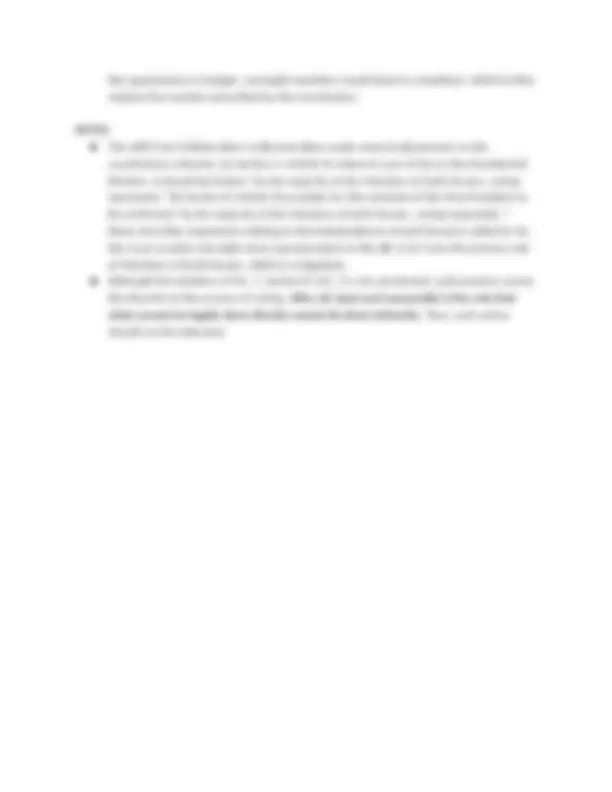



Study with the several resources on Docsity

Earn points by helping other students or get them with a premium plan


Prepare for your exams
Study with the several resources on Docsity

Earn points to download
Earn points by helping other students or get them with a premium plan
Community
Ask the community for help and clear up your study doubts
Discover the best universities in your country according to Docsity users
Free resources
Download our free guides on studying techniques, anxiety management strategies, and thesis advice from Docsity tutors
This is about the case of Chavez vs. Judicial and Bar Council (JBC)
Typology: Assignments
Uploaded on 01/23/2021
4.8
(8)13 documents
1 / 2

This page cannot be seen from the preview
Don't miss anything!


CHAVEZ vs JBC GR No. 202242 April 16, 2013 Petitioner asked the Court whether (a) Paragraph 1, Section 8, Article VIII of the Constitution allows for more than (1) member to sit in the JBC, and (b) if the practice of having two representatives from Congress is a violation of the Constitution. His petition was due to the departure of former Chief Justice Renato Corona, wherein the petitioner is nominated as former CJ Corona’s successor. Facts ● The Judicial and Bar Council, an initiative from the Constitutional Commission, is a separate, competent and independent body responsible for the judicial appointment process to be recommended to the President. ● Paragraph 1, Section 8, Article VIII of the Constitution states that the Judicial and Bar Council (JBC) should only comprise of: the Chief Justice (as ex-officio Chairman), Secretary of Justice, 1 representative from Congress (as one of the ex-officio members), a representative from the Integrated Bar, a Professor of Law, a Retired member of the Supreme Court, and a representative from the private sector. (7 members in total) ● Since Congress is allowed to send 1 member, each house sends representatives and should sit in alternately or by rotation ● In 1994, an eight member- an addition from the Congress began attending wherein each member from the Congress has ½ of a vote. (magets ra ba? Basta naging 8 ang members sa JBC since together nagsit in ang gikan sa congress tapos since 7 ra ila gina honor na votes and attendees sa JBC, ½ each ang 2 ka members) ● In 2011, JBC en banc allowed the Senate and House of Representative to 1 representative with 1 vote each- making the JBC comprise 8 members. Issue ● WON having more than one member from the Congress to join the JBC is constitutional (NO) Ruling ● The current count of the members of the JBC is unconstitutional. With respect to Paragraph 1, Section 8, Article VIII of the Constitution, the JBC should only consist of seven (7) members, thus, the JBC is enjoined to reconstitute to allow only one member of the congress to sit in its proceedings. ● The reason for the seven members is that Congress would not have much influence in
the appointment of judges- and eight members would lead to a deadlock, which further violates the number prescribed by the Constitution. NOTES ● The shift from Unilateralism to Bicameralism made several adjustments to the constitutions wherein: (a) Section 4, Article VII where in case of ties in the Presidential Election, it should be broken “ by the majority of the Members of both Houses, voting separately ,” (b) Section 8, Article VII provides for the nominee of the Vice-President to be confirmed “ by the majority of the Members of both Houses, voting separately, ”- these and other arguments relating to the independence of each house is called for by the Court as plain oversight since representation in the JBC is far from the primary role of Members of both houses, which is to legislate. ● Although the violation of Par. 1, Section 8, Art. 7 is not sanctioned, such practice causes the disorder in the process of voting. After all, basic and reasonable is the rule that what cannot be legally done directly cannot be done indirectly. Thus, such action should not be tolerated.